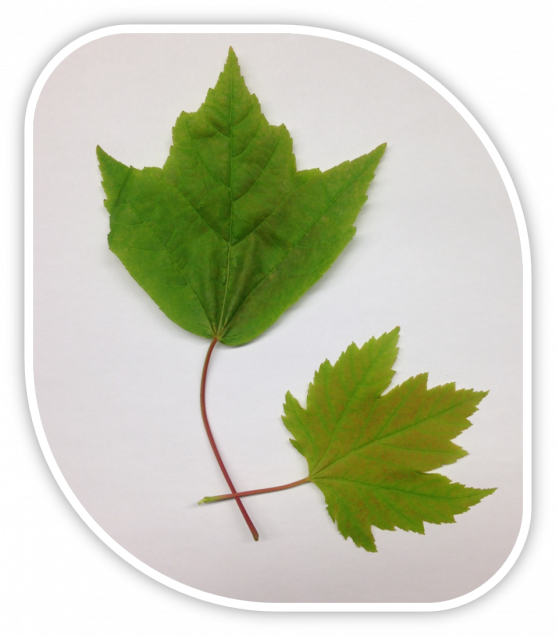Research
The major focus of the TASpeR project in 2021 is to understand how red maple (Acer rubrum) leaf traits, including foliar nutrient resorption varies across its geographic distribution and in response to strong environmental gradients.
What is foliar nutrient resorption?
- It is a nutrient retention strategy used by plants. Prior to leaf fall in the autumn, plants mobilize and resorb nutrients from leaves to other tissues.
- Resorption allows plants to reuse some nutrients instead of obtaining new nutrients from soils every year.
- It is partially responsible for the ‘fall colors’ of foliage that characterize autumn in many deciduous forests. As the nutrients from chlorophyll are resorbed, secondary pigments such carotenoids and anthocyanins are often revealed. These secondary pigments are the cause of the yellow, orange, and red coloration in leaves at the end of the growing season.
Why red maple (Acer rubrum)?
- In North America red maple is one of the most widely distributed and abundant tree species.
- Red maple is increasing in abundance throughout its range.
- Despite red maple’s abundance and expansive geographic range we do not have a handle on whether this species exhibits a correspondingly large variation in traits.
What’s next for TASpeR?
2019 was the year of our initial project roll out and we focused on a single species, red maple. In 2020-2021 we will continue to sample red maples, and also include other plant species growing in the same communities as the red maple. By extending TASpeR to include samples from multiple tree species we will be well positioned to address some fundamental questions in ecology, such as the niche width – trait variation hypothesis. After 2021 our project will likely shift focus to a new set of questions that explores how species vary throughout their geographic distributions.